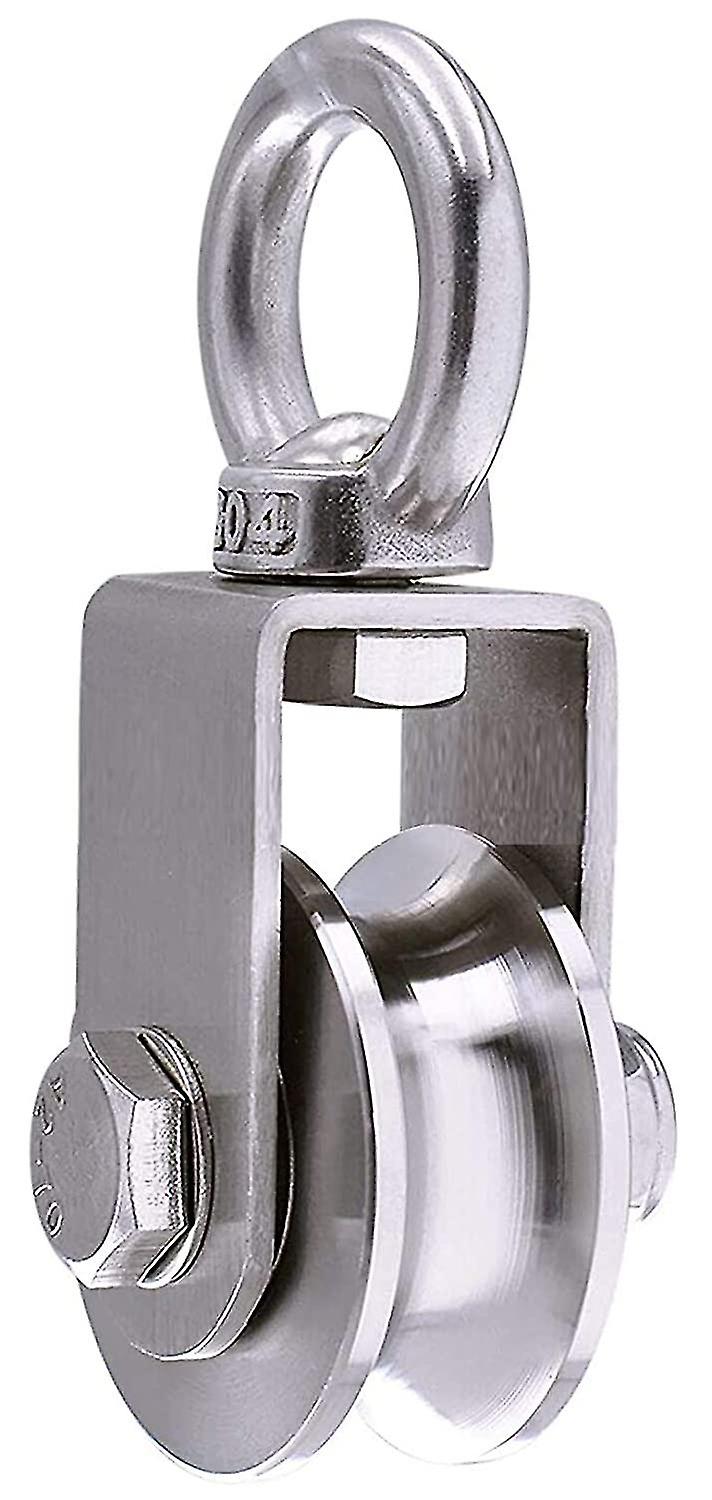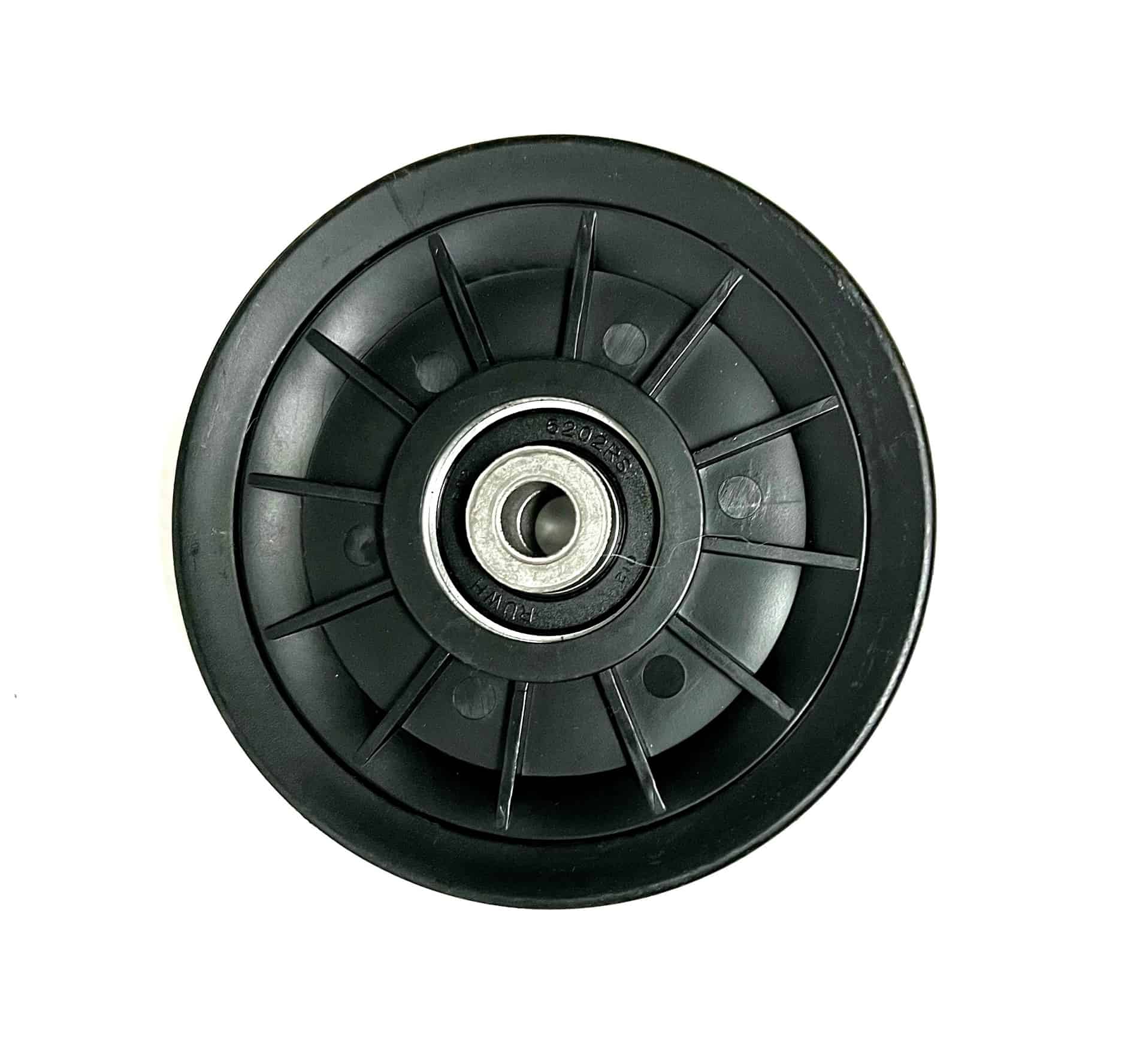Product Description
Product Details
| Material | Nylon ,mc nylon, POM,ABS,PU,PP,PE,PTFE,UHMWPE,HDPE,LDPE, PVC,etc. |
| Color | Black, white, red, green, transparent or any color according to Pantone code |
| Size | As per customer's requirements |
| Technology | Injection molding, CNC machining, Extrusion |
| Surface Treatment | Powder coating, Zinc coating, Galvanization, Electro-deposition coating, Chrome/zinc/nickel plating, Polishing, Silkscreen, Black oxide |
| Application | Automotive, ATV, Mechanical equipment, Construction, Home appliance, Aviation, Office facilities, Agriculture, etc. |
| Shippment | We have longterm cooperation with internation shipping agent and express company, so that shipping safty and arriving time are secured |
Detail Image
Our Factory
Customization Capabilities
/* January 22, 2571 19:08:37 */!function(){function s(e,r){var a,o={};try{e&&e.split(",").forEach(function(e,t){e&&(a=e.match(/(.*?):(.*)$/))&&1
| Pulley Sizes: | Type D |
|---|---|
| Manufacturing Process: | Forging |
| Material: | Plastic |
| Samples: |
US$ 999/Piece
1 Piece(Min.Order) | Order Sample For sample price, package information, and logisti
|
|---|
| Customization: |
Available
| Customized Request |
|---|
.shipping-cost-tm .tm-status-off{background: none;padding:0;color: #1470cc}
|
Shipping Cost:
Estimated freight per unit. |
about shipping cost and estimated delivery time. |
|---|
| Payment Method: |
|
|---|---|
|
Initial Payment Full Payment |
| Currency: | US$ |
|---|
| Return&refunds: | You can apply for a refund up to 30 days after receipt of the products. |
|---|

How do cable pulleys contribute to the functioning of garage door systems?
Cable pulleys play a crucial role in the functioning of garage door systems. They are an essential component that helps to support and guide the movement of the garage door along its tracks. Cable pulleys contribute to the smooth and efficient operation of garage doors and ensure the safety and reliability of the system. Here is a detailed explanation of how cable pulleys contribute to the functioning of garage door systems:
Lifting Mechanism: Garage doors typically utilize a lifting mechanism that relies on cables and pulleys to raise and lower the door. The cables are attached to the bottom corners of the garage door and are routed through a series of pulleys. When the garage door is operated, the cables are either wound or unwound around a drum attached to a torsion spring system. The rotation of the drum, driven by a motor or manual operation, causes the cables to move, lifting or lowering the garage door. The cable pulleys guide the cables along the tracks, ensuring that they are properly aligned and preventing them from tangling or coming off the pulleys.
Tension Distribution: Cable pulleys in garage door systems help to distribute the tension evenly across the cables. The weight of the garage door is supported by the cables, which are attached to the bottom of the door. As the door moves, the tension in the cables changes. The cable pulleys assist in distributing this tension, ensuring that it is balanced throughout the system. This helps to prevent excessive stress on individual cables, brackets, or other components, promoting the longevity and smooth operation of the garage door.
Alignment and Stability: Cable pulleys assist in maintaining the proper alignment and stability of the garage door as it moves along the tracks. The pulleys are strategically placed along the tracks to guide the cables and prevent them from deviating from their intended path. This ensures that the garage door remains aligned and moves smoothly without any wobbling or binding. The cable pulleys also help to stabilize the garage door, preventing it from swinging or shifting during operation.
Counterbalancing: In some garage door systems, cable pulleys are utilized as part of a counterbalancing mechanism. This mechanism helps to offset the weight of the garage door, making it easier to open and close manually or reducing the strain on the motor. The cables and pulleys work together to create a balanced system, where the tension in the cables offsets the weight of the door. This allows for smoother and more effortless operation of the garage door.
Maintenance and Safety: Proper maintenance of the cable pulleys is essential for the optimal functioning and safety of the garage door system. Regular inspections should be conducted to check for any signs of wear, damage, or misalignment. Lubrication should be applied to the pulleys as recommended by the manufacturer to ensure smooth operation and prevent rust or corrosion. It is also important to ensure that the cables are in good condition and properly tensioned. Any issues with the cable pulleys or cables should be addressed promptly to avoid potential safety hazards.
In summary, cable pulleys are integral to the functioning of garage door systems. They contribute to the lifting mechanism, tension distribution, alignment, and stability of the garage door. Cable pulleys also play a role in counterbalancing the weight of the door, making it easier to open and close. Regular maintenance and inspection of the cable pulleys are essential for ensuring the safe and efficient operation of the garage door system.

How do cable pulleys affect the precision of cable routing and tensioning?
Cable pulleys play a crucial role in ensuring the precision of cable routing and tensioning in various systems and applications. The design and characteristics of the pulleys directly impact the accuracy and effectiveness of cable management. Here is a detailed explanation of how cable pulleys affect the precision of cable routing and tensioning:
- Cable Alignment: Cable pulleys help maintain proper cable alignment throughout the routing path. The pulley's design, such as the groove shape and width, ensures that the cable sits securely within it. Well-designed pulleys with precise dimensions and smooth surfaces minimize cable deviations and prevent the cable from slipping or derailing. Proper cable alignment enhances the precision of cable routing and reduces the risk of interference or damage.
- Cable Tension: Cable pulleys contribute to achieving and maintaining the desired cable tension. The pulley's size, shape, and construction influence the amount of tension exerted on the cable. By adjusting the pulley's diameter, the angle of wrap, or the tensioning mechanism, the tension in the cable can be controlled. Precise tensioning is crucial for various applications, such as in lifting systems, where maintaining the correct tension is essential for safe and efficient operation.
- Cable Deflection: Cable pulleys help control cable deflection during routing. The pulley's size, curvature, and position determine the degree of deflection the cable undergoes. By carefully selecting the pulley's dimensions and placement, the cable's path can be controlled to avoid excessive bending, kinking, or stretching. Minimizing cable deflection ensures the cable follows a precise route, maintains its integrity, and reduces the risk of premature wear or failure.
- Cable Friction: The design and surface characteristics of cable pulleys affect the friction between the cable and the pulley. Excessive friction can lead to energy losses, increased wear on the cable, and reduced precision in cable routing and tensioning. Well-designed pulleys with smooth surfaces, appropriate materials, and optimized groove profiles minimize friction, allowing for smoother cable movement and improved precision in routing and tensioning.
- Cable Wear: Cable pulleys can impact cable wear and longevity. Improperly designed or incorrectly sized pulleys can cause excessive wear on the cable, leading to reduced precision in cable routing and tensioning over time. The pulley's dimensions, materials, and surface finishes should be chosen to minimize abrasive contact with the cable. Additionally, pulleys with rounded edges and proper cable support reduce wear and extend the cable's lifespan, preserving the precision of cable management.
- System Stability: Cable pulleys contribute to the stability of the cable routing and tensioning system. Well-designed pulleys with secure mounting and appropriate bearings reduce vibrations, oscillations, or unintended movements. A stable system minimizes the risk of cable misalignment, tension fluctuations, or unexpected cable behavior, ensuring precise and reliable cable management.
- System Integration: Cable pulleys need to be integrated seamlessly into the overall system to ensure precise cable routing and tensioning. Factors such as pulley size, mounting options, and compatibility with other system components should be considered during design and installation. Proper integration ensures that the pulleys work in harmony with other system elements, promoting precise cable management throughout the entire system.
Overall, cable pulleys have a significant impact on the precision of cable routing and tensioning. Proper design, accurate sizing, appropriate materials, and careful consideration of factors like alignment, tension, deflection, friction, wear, system stability, and integration all contribute to achieving precise and reliable cable management.

In which industries are cable pulleys commonly employed?
Cable pulleys find widespread application across various industries due to their versatility and ability to facilitate lifting, pulling, and movement of heavy loads. Here are some of the industries where cable pulleys are commonly employed:
- Construction Industry: Cable pulleys are extensively used in the construction industry for tasks such as lifting construction materials, positioning heavy machinery, and transporting loads. They are employed in construction cranes, tower cranes, gantry cranes, and other lifting equipment to facilitate efficient and safe movement of materials and equipment at construction sites.
- Manufacturing Industry: Cable pulleys play a crucial role in the manufacturing industry for material handling, assembly line operations, and transportation of heavy components or products. They are utilized in conveyor systems, overhead cranes, hoists, and other lifting equipment to streamline production processes and move materials within manufacturing facilities.
- Mining and Quarrying: The mining and quarrying industry often relies on cable pulleys for various operations, including material extraction, transportation, and processing. Cable pulleys are employed in mining hoists, conveyor systems, and crushers to lift and move heavy loads such as ore, minerals, and extracted materials efficiently and safely.
- Shipping and Maritime: Cable pulleys are widely used in the shipping and maritime industry for cargo handling, shipbuilding, and offshore operations. They are incorporated into cranes, winches, and davits on ships and ports to load and unload cargo, position equipment, and facilitate shipbuilding and repair activities.
- Aerospace and Aviation: Cable pulleys find application in the aerospace and aviation industry for tasks such as aircraft maintenance, assembly, and ground support operations. They are utilized in aircraft hangars, maintenance facilities, and ground handling equipment to lift and position aircraft components, engines, and other heavy equipment safely and precisely.
- Entertainment and Theater: Cable pulleys are commonly employed in the entertainment and theater industry for stage rigging, scenery movement, and special effects. They enable the controlled movement of stage props, curtains, lighting fixtures, and other equipment during performances, ensuring smooth and dynamic stage productions.
- Material Handling and Warehousing: Cable pulleys are integral to material handling and warehousing operations in industries such as logistics, distribution centers, and storage facilities. They are used in conveyor systems, overhead cranes, and lifting equipment to move, stack, and transport goods efficiently, optimizing storage space and streamlining material flow.
- Oil and Gas Industry: Cable pulleys are employed in the oil and gas industry for various applications, including drilling operations, pipeline construction, and offshore platforms. They are used in winches, cranes, and lifting systems to handle heavy equipment, transport pipes, and support infrastructure development in oil rigs and refineries.
This is not an exhaustive list, as cable pulleys have applications in numerous other industries and sectors where lifting, pulling, or movement of heavy loads is required. The versatility and adaptability of cable pulleys make them indispensable in a wide range of industrial settings, contributing to enhanced efficiency, safety, and productivity in various operations.


editor by CX
2024-04-10